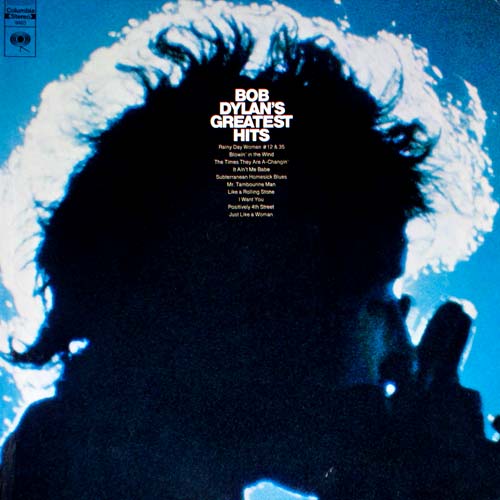
Milton Glaser hardly needs an introduction. But if the name somehow doesn’t ring a bell, “Glaser’s many contributions to pop culture,” as Ayun Halliday writes in a previous post, certainly will. These include “the I ?NY logo, the psychedelic portrait of a rainbow-haired Bob Dylan, DC Comics’ classic bullet logo.” All images that “confer undeniable authority.” Many children of the sixties know Glaser well for his album covers, such as the halo photo on the front of Bob Dylan’s Greatest Hits, within whose covers purchasers found the rainbow-haired poster.

Glaser designed the album art for The Band’s classic Music from Pink, this time stepping back and putting one of Dylan’s paintings on the cover. He designed covers for classics like Peter, Paul & Mary’s The Best Of: (Ten) Years Together and Lightnin’ Hopkins’ Lightnin’! Volumes One and Two.
“Glaser had a long history with record labels,” writes designer Reagan Ray. “According to Discogs, he was credited with the design of 255 albums over the course of 60 years. His relationship with record label executive Kevin Eggers led him to explore a variety of covers for the Poppy and Tomato record labels, including the career of Townes Van Zandt.”
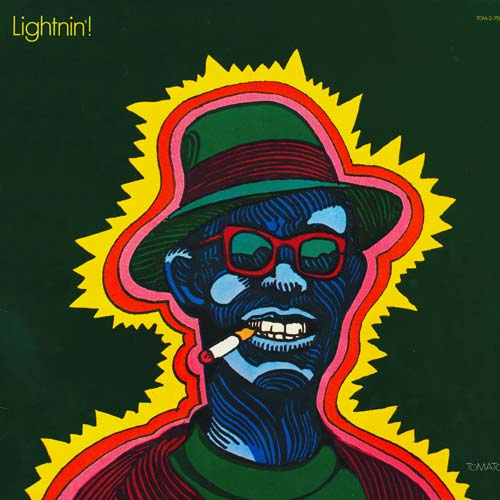
Glaser illustrated rock, folk, blues, jazz…. “Classical album covers never get much attention in graphic design history,” Ray points out. But “his colorful paintings were interesting and unique in an otherwise stuffy genre.” He even illustrated an album by Al Caiola’s Magic Guitars called Music for Space Squirrels, whatever that is. Did he listen to all of these albums? Who knows? Glaser left us in June, but not before dispensing “Ten Rules for Work and Life” that set the bar high for aspiring artists.
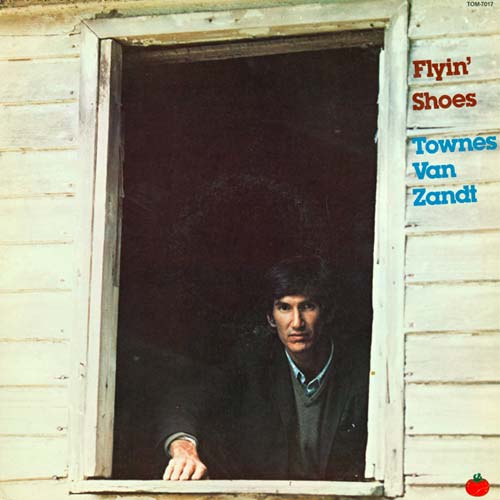
One of his rules: “Style is not to be trusted. Style change is usually linked to economic factors, as all of you know who have read Marx. Also fatigue occurs when people see too much of the same thing too often.” If anyone would know, it was Glaser. “His work is everywhere,” writes Ray, “and his legacy is vast.” He also had a very recognizable style. See a much larger selection of Glaser’s album covers, curated by Ray from over 200 albums, here. And visit an online collection of Glaser’s other graphic design work at the School of Visual Arts.





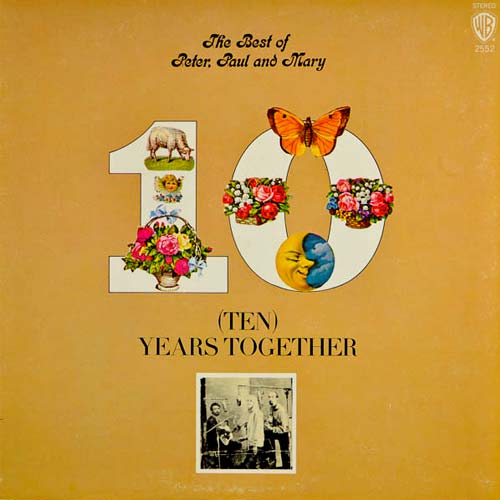
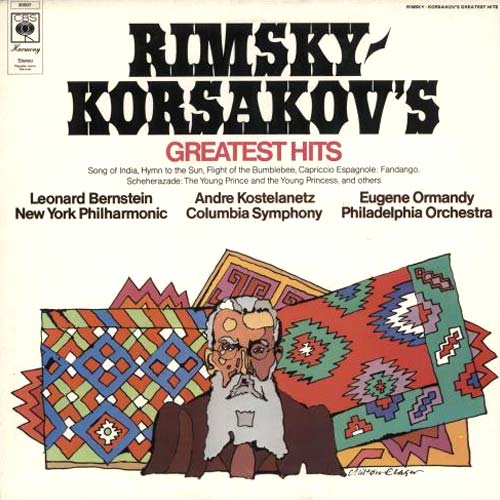
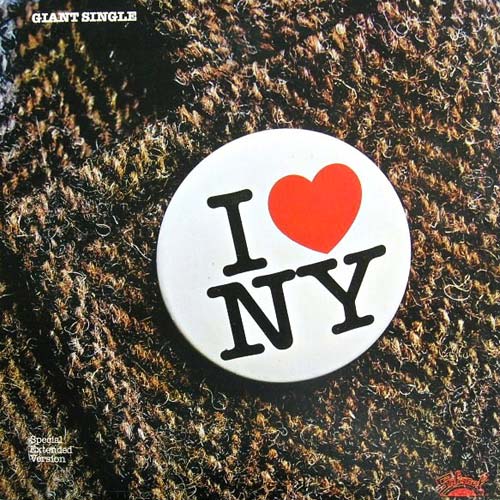
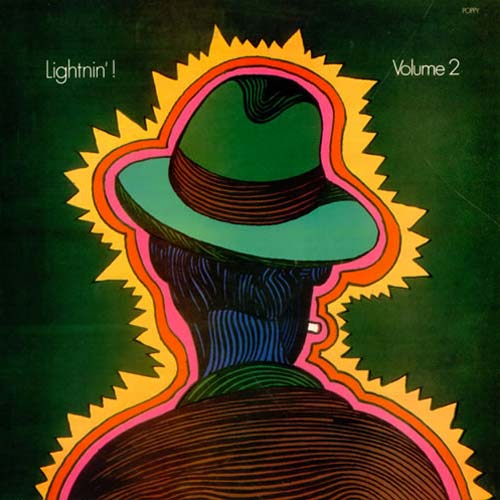
Related Content:
Milton Glaser (RIP) Presents 10 Rules for Life & Work: Wisdom from the Celebrated Designer
Art Record Covers: A Book of Over 500 Album Covers Created by Famous Visual Artists
Josh Jones is a writer and musician based in Durham, NC. Follow him at @jdmagness
Milton Glaser’s Stylish Album Covers for Bob Dylan, The Band, Nina Simone, John Cage & Many More is a post from: Open Culture. Follow us on Facebook, Twitter, and Google Plus, or get our Daily Email. And don't miss our big collections of Free Online Courses, Free Online Movies, Free eBooks, Free Audio Books, Free Foreign Language Lessons, and MOOCs.
from Open Culture https://ift.tt/2DYySPs
via Ilumina
Comments
Post a Comment